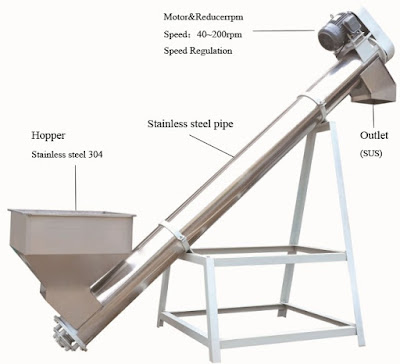In this article we are going to discuss the basic fundamentals of machine alignment. This section addresses precisely what alignment is and also what are the tools required to perform it, why it is required, how often it should be done and what steps should be taken prior to performing the alignment process.
When the main shafts are collinear at the coupling point they are considered to be in alignment. Here the term collinear refers to the condition when the two rotating mating shaft's centerlines are parallel and intersect (i.e., join to form as a single line). When this is often the case the coupled shafts operate just like a solid shaft. Any slight deviation from the aligned or collinear condition. However, ends-up in abnormal sound, vibration and wear of machine elements such as bearing and shaft seals.
Variations in machine-component configuration and thermal growth will cause mounting-foot elevations and the horizontal orientation of individual drive-train components to be in different planes. However, they are considered to be properly aligned as long as their shafts are colinear at the coupling point.
Tools we use:
Generally we use Dial gauge, Taper gauges, Feeler gauges and Outside micrometer calipers in the alignment procedure.
 |
Equipment - shaft-alignment-options
|
WHY WE HAVE TO PERFORM ALIGNMENT AND HOW OFTEN?
Vibration effects of misalignment can seriously damage a piece of equipment. Slight misalignment is also cause vibration, this vibration reduces equipment life. Periodically checking of all coupled equipment alignment is one of the best 'tool' in Preventive Maintenance.
Although during installation and also in previous check the machine is properly aligned, misalignment may develop in short interval of time. There are many causes for misalignment they are thermal expansion, distortion of attached equipment, foundation movement or settling etc.,
By the below indications we can sense the misalignment of machine:
1) More vibration in both vertical and axial directions
2) Shaft wobling
3) Bearing temperature
4) Noise (From coupling and from bearing housing)
5) Coupling wear (In Lovejoy RNS coupling rubbers damage, In tyre coupling - coupling tyre wear).
ACTIONS TO BE TAKEN BEFORE ALIGNMENT:
The alignment procedure is crucial so we have to be performed correctly. Using correct sequence is one of the most important factor in shaft alignment process. Understanding and using the correct actions will decrease the shaft alignment time and improve efficiency. In this article we are suggesting some actions to be taken before alignment, which cover the preparatory steps as well as two major issues (i.e., Soft-foot and Indicator sag corrections) that must be resolved before alignment can be accomplished. This section provides policies for making the right path to capture these corrections as well as the correct way to tighten hold-down nuts, an important process that is needed when the correcting soft-foot.
 |
| Image credits : Youtube --The Real Female Entrepreneur |
Preparatory Steps :
The following preparation actions should be taken before attempting to align a machine train:
1) The base of machine and the base where we kept machine is to be cleaned with a wire brush or a file, to make sure it is clean, burr free and rust free.
2) Prior to adjusting the driver unit align with drive unit, driven unit is to be placed to the required level, position, and secure. Keep the shaft centre line of the driven unit slightly more than the driver.
3) Make sure that the shims that we are using do not have any burrs and not been "kinked".
4) Make sure the shaft doesn't have an indicated runout.
5) Before starting the alignment procedure check for "soft-foot", and correct it.
6) Always tight the hold-down nuts in the correct tightening sequence.
7) Determine the amount of indicator sag before starting the alignment policy.
8) To avoid the lifting of the machinery more than that we need, add or remove shims.
9) Jacking bolt assemblies should be welded onto the bases of all large machinery. If they are not provided, add them before starting the alignment procedure. Use jacking bolts to adjust for horizontal offset and angular misalignment and to hold the machine in place while shimming.









